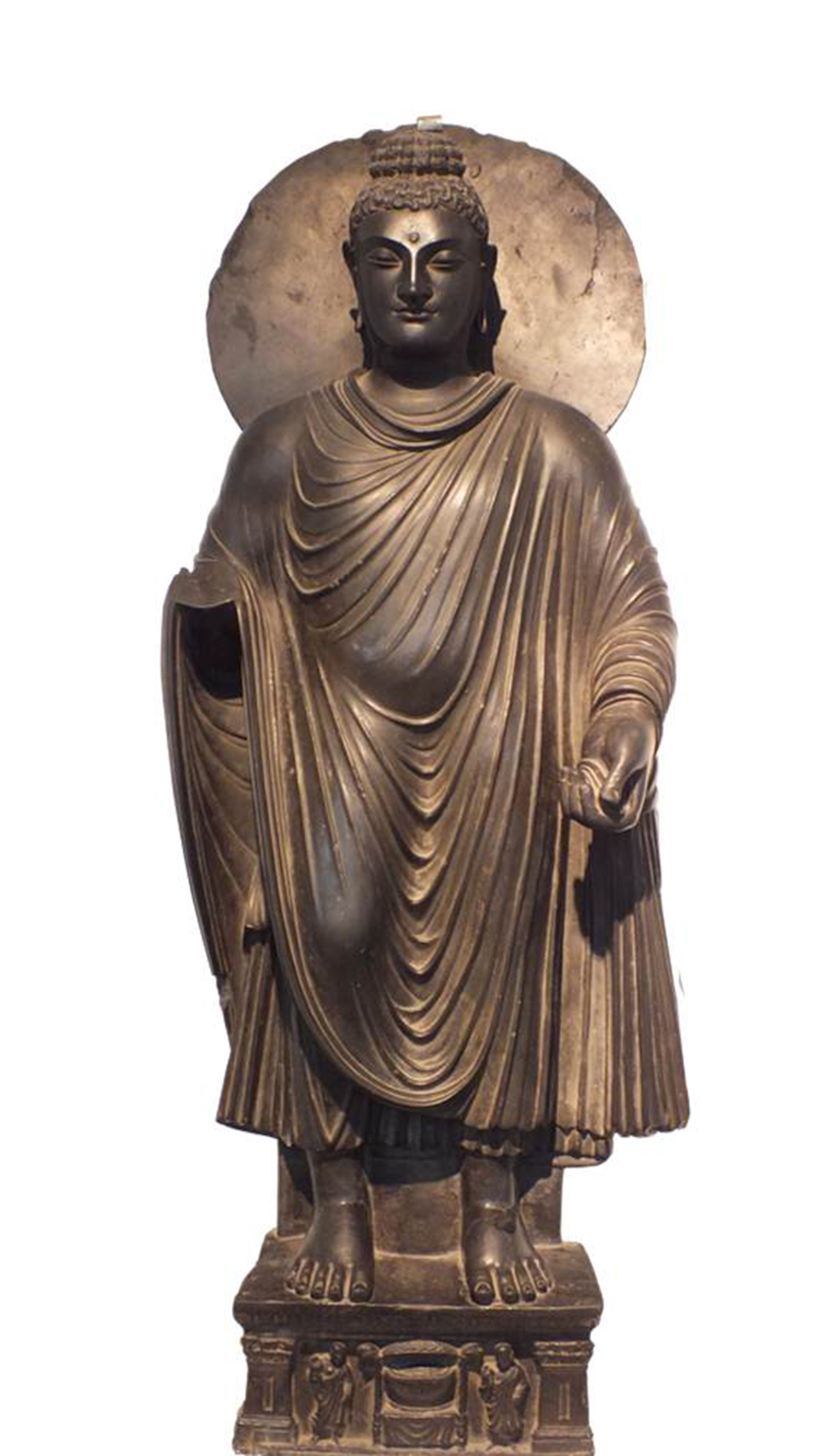Discover, Learn, immerse, Connect
Gandhara Buddha
The serene and magnificent Buddha sculpture made of Black schist stone is one of the masterpieces of the Gandhara art at the National Museum, New Delhi. It belongs to the Kushana Dynasty and dates back to 2nd century CE (as per the National Museum Publication) / 5th century CE (as per the caption inside the museum). The sculpture is 112cm in height, 39 cm in width and 17 cm deep. It is currently on display in the Kushana- Ishkvaku Gallery in the National Museum.
The Kushana was a powerful dynasty. Their empire extended far beyond the frontiers of present-day India extending from Central Asia through the territory of modern-day Afghanistan and Pakistan to beyond Mathura in India. They were patrons of Buddhism.
Buddhism as a philosophy is understood to be a path, a way of life that is believed to lead a human to salvation (breaking away from the cycle of birth, death, and rebirth). The core of the Buddha's teachings lies in the Four Noble Truths according to which all life is suffering, the cause of suffering is desire, this desire can be destroyed and the means to achieve this end is the Eightfold Path taught by Buddha.
The Buddha is supposed to have been born with 32 mahapurusha lakshana (qualities of a great man) including the possession of forty teeth.
 Government of India
Government of India



